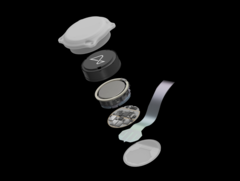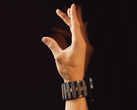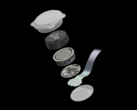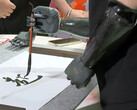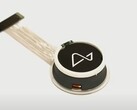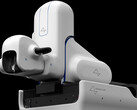Bradford Smith, the third person to receive a Neuralink brain‑computer interface (BCI) and the first participant with amyotrophic lateral sclerosis (ALS), has produced and published a YouTube video by controlling a MacBook Pro with thought‑driven cursor movements.
Surgeons replaced a section of Smith’s skull with a coin‑sized implant whose 1,024 electrodes sit a few millimetres deep in the motor cortex. Every 15 milliseconds, the array captures neural spikes and sends them over Bluetooth to a laptop, where software filters noise and decodes intended motion.
Initial trials tried mapping Smith’s hand movements, but signal analysis showed tongue motion produced clearer control. Jaw clenching now registers as a mouse click. After training, Smith achieved a WebGrid score of 5—far faster than his previous eye‑tracking system, which forced him to work in a dark room.
Neuralink’s “Mixer” interface lets him correct cursor drift, tweak speed, and adjust click stiffness as neural patterns shift. A virtual “parking spot” locks the pointer so he can watch the video or rest without accidental input—an accessibility feature requested during testing.
Because ALS robbed Smith of speech, archived recordings of his voice were used to train a synthesis model. The BCI‑driven keyboard feeds the clone so that finished sentences play back in his tone. A companion chat application monitors conversation context with generative AI and offers suggested replies, shortening response time.
Smith credits the implant with restoring independence, noting that he can now work outside normal lighting, create content, and hold faster conversations. Engineers continue refining single‑finger keyboard layouts and smoothing algorithms to raise communication speed further.
Source(s)
Bradford Smith (in English)




